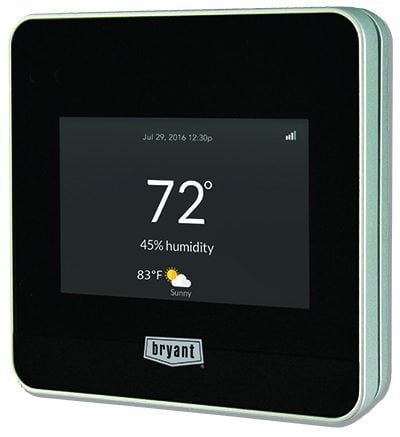Summertime Air Conditioner Operation

It’s hotter than hades outside and the time has come to fire up the air conditioner again! The team at Design Air would like to offer a few reminders to help you keep your system operating efficiently; ultimately keep you and your family comfortable this summer.
Proper Operation
- Thermostat Temperature
- Outdoor Temperatures

Prefer to keep the a/c turned off while away from home? That works great! Just remember when turning the system back on, set your thermostat temperature higher and every hour gradually lower the set temperature by 2° until the desired level is reached (but no lower than 70° F). For example, if it is 95° outside when you get home, set your thermostat to 85° F and adjust the thermostat temperature to 83° an hour afterwards, followed by 81° an hour later and so on. By incrementally lowering the set temperature, your air conditioner is allowed to gradually cool the house without stressing its components because an immediate cool down is not being demanded.
A recommended alternative is to set the thermostat for 80° F while away, and once home, incrementally decrease the temperature as outlined above. This allows the air conditioner to maintain a manageable temperature without letting the house heat up too much, thus preventing the need for a possible long, stressful, and non-energy efficient catch-up period once you return home.
Also be sure to check the setting of your thermostat to ensure your a/c does not operate at night and during the early morning hours when temperatures are expected to dip below 70° F. Running your air conditioner with temperatures below 70° F causes the same issues as mentioned above, but can also accelerate the damage on the compressor as it tries to move cold refrigerant through its system. Best practices include turning the a/c off at night and turning it back on mid-morning as temperatures outside rise. Investing in a programmable thermostat can also be helpful in managing the operation of the a/c as well as maintaining the appropriate temperature for the time of day.
Just as a reminder, for outside temperatures above 100°F you may expect to see the temperature of your house start creeping up as well. This is normal, as air conditioners designed for our region are only guaranteed to maintain a 20-25° difference inside versus outside.
Maintenance
- Airflow
- Filters
- Annual HVAC Professional Tune-up
Restricted airflow reduces an air conditioner’s ability to perform, especially at higher temperatures. Be sure to check for indoor air restrictions such as dirty filters, closed registers, and blocked return air vents. On the outside, clear away and keep vines, shrubs, flowers, and other plants at least 18-24” from the unit to allow for proper airflow. Also be sure to have the proper amount of clearance above the outside condenser. Manufacturers recommended at least 4’ of unobstructed air space above the unit to prevent overheating.
Filters are often overlooked during cooling season, but are vital for your a/c unit’s health and optimal performance. All systems capable of cooling have an indoor and an outdoor unit. For many systems, the furnace and attached indoor a/c coil acts as the indoor component. When cooling is called for, the furnace blower motor is responsible for moving the cool air throughout the house. With this process, air is still moved through the furnace’s filter, thus it’s critical to change the filter regularly. Both the EPA’s Energy Star program and the Design Air technicians recommend checking your 1” to 2” filter every 4-6 weeks especially during the heavy heating and cooling months. At a minimum, change the filter every 3 months. If you have a 4” or 5” wide media filter, check you filter every 6 months and change at least every year.
Don’t forget to schedule your air conditioner’s annual maintenance and seasonal check-up with a HVAC professional to ensure your unit’s in top shape. Most often your HVAC professional can spot problems before they happen, giving you time to budget and repair or replace the system as necessary.
Call the team at Design Air today at (406) 251-7997 or request service online to schedule for your system’s annual maintenance and safety inspection, to request a bid for a new or replacement air conditioner, or with questions concerning the proper operation of your HVAC unit.